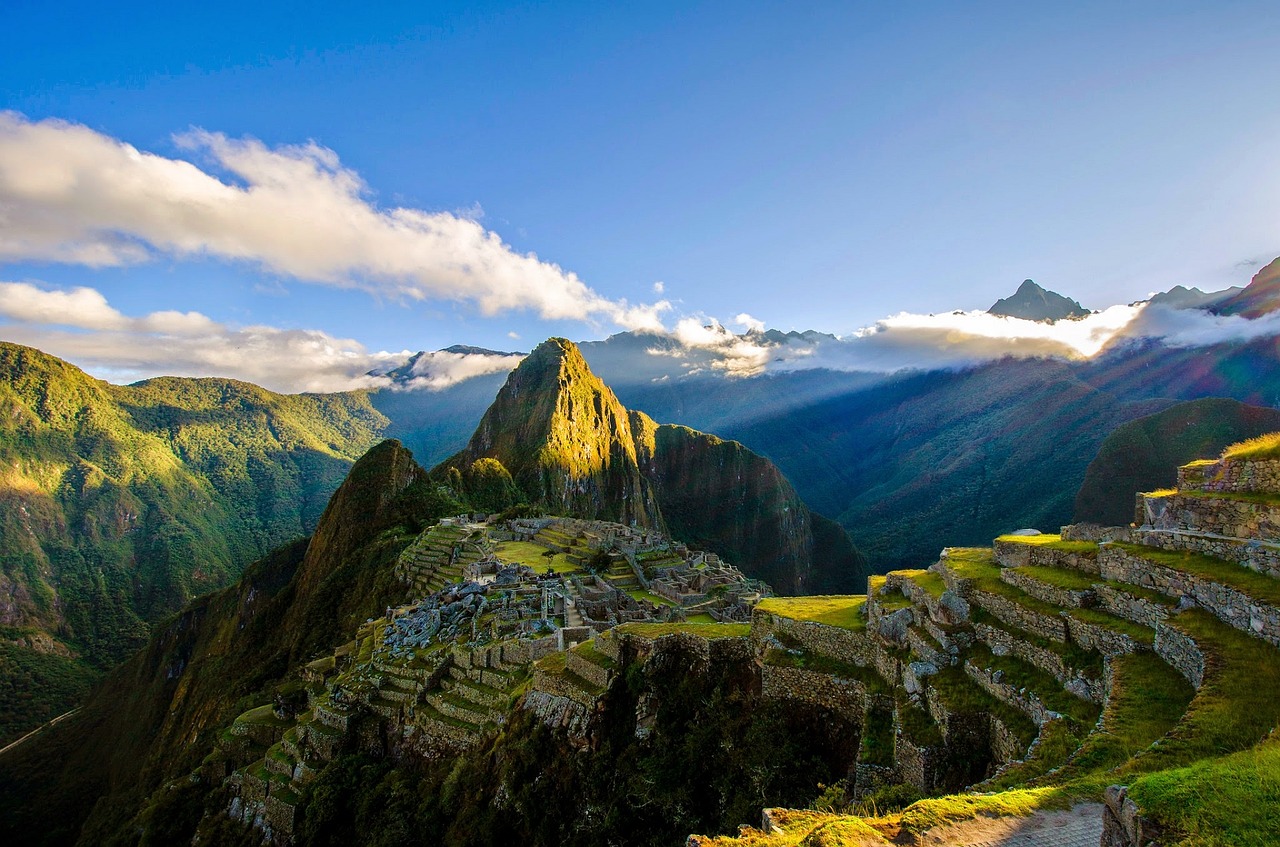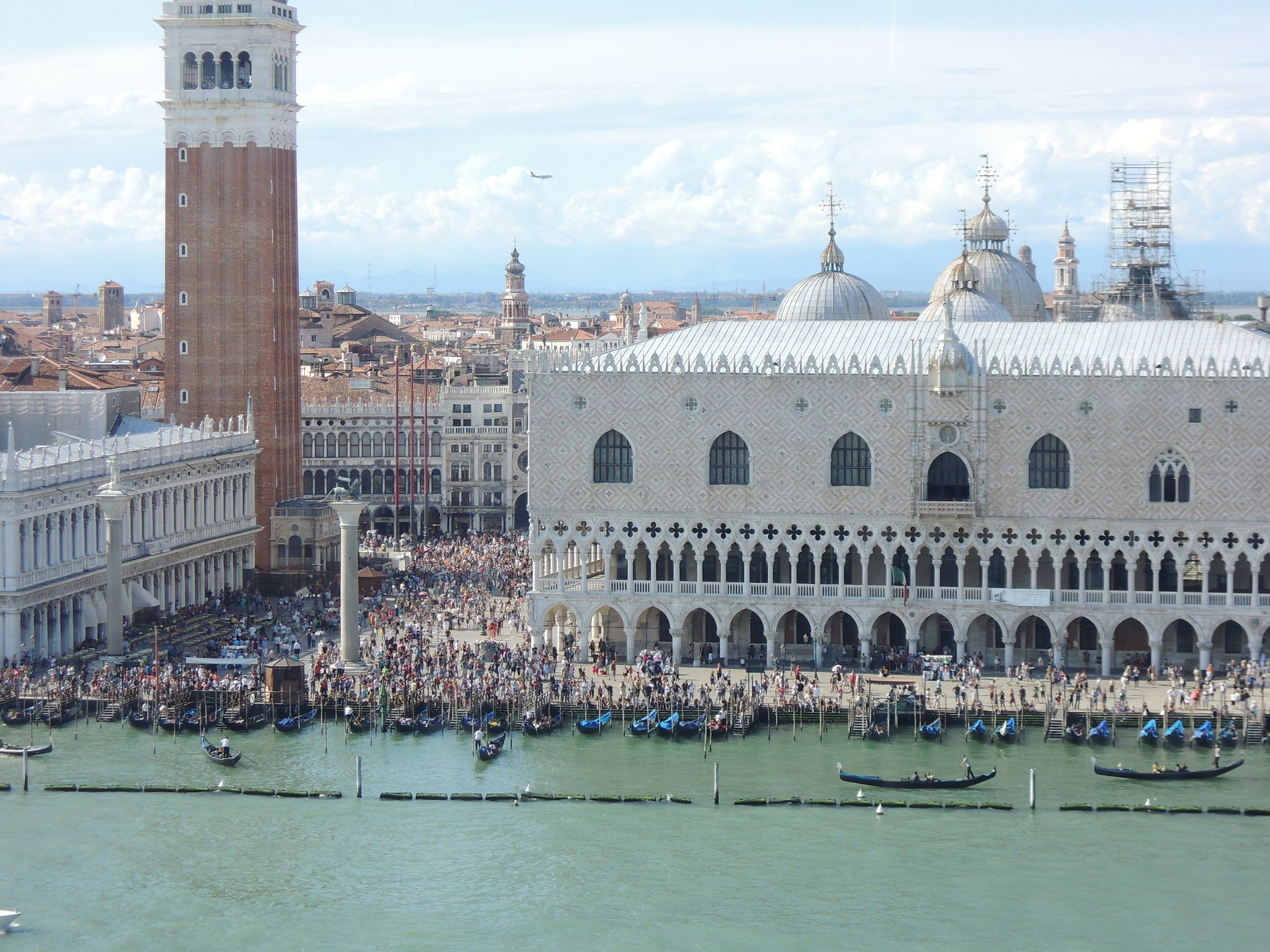World Heritage Sites, as designated by the United Nations Scientific, Educational, and Cultural Organization (UNESCO), are places of outstanding universal value. Each one represents an incredible culture and its history or living tradition, a work of architectural or artistic marvel, or a place of exceptional natural beauty or ecological importance. By design, UNESCO World Heritage Sites are among the most important places on earth. It is no surprise, therefore, that locals and world travelers alike flock to these places that are so important to the shared heritage of everyone in the world.
In many ways, the global interest in World Heritage Sites is a good thing. Visits to these sites can teach people about the history of human culture, and can inspire lasting interest in an array of disciplines in the arts, humanities and sciences. International travel can build peace and understanding between people of different countries and cultures, and visits to World Heritage Sites in particular can give people greater intercultural understanding on the basis of shared global heritage. International visitors to World Heritage Sites can also boost the local economy, providing jobs in the tourism sector and beyond.

Too Much of a Good Thing?
Though many benefits can come from tourism to World Heritage Sites, it is not without its downsides. In many areas, particularly in the developing world, iconic sites lack the infrastructure to support the number of tourists who visit in a given day or season. When the site’s visitor carrying capacity is exceeded, negative consequences can arise. Environmental degradation, damage to monuments or works of art, disruption of ecosystems, displacement of local people, and disruption of their access to their own historic or spiritual resources and traditions—all of these are potentially negative consequences that can arise as a result of too many visitors. In short, the symptoms of overtourism are sufficient to threaten the very existence and integrity of the sites being visited—the sites that have been established as being essential to the global patrimony of all the people of the world.
One example of a site experiencing the ill effects of overtourism is Machu Picchu, the iconic “Lost City of the Incas” in Peru. Though UNESCO’s recommended carrying capacity for the site is no more than 2,500 visitors per day, during the popular summer months daily visitation is regularly twice this number. With so many visitors, the site is rapidly losing its integrity, with some poorly-behaved travelers climbing the monuments, taking stones from ancient stone walls, and otherwise disrespecting the site. Overtourism also reduces the quality of visitor experience to the site—a Google search for “Machu Picchu overrated” brought up 643,000 results.
In Venice, 30 million visitors per year swamp the city, whose local population has dwindled to around 55,000. In a single day, one cruise ship can bring crowds nearly as large as the population of the whole city. The number of tourists brings a host of social and ecological problems. Locals are finding it too expensive and stressful to continue living in the city where their families have lived for generations. The fragile relationship between the city and the lagoon into which it is slowly sinking is becoming ever more tenuous as large ships disrupt the waterways and the building foundations, and as more tourists bring more waste. Things have gotten so bad that many locals marched in protest of the tourism industry earlier this year. And unsurprisingly, tourists are also feeling the effects of overtourism, with a Google search for “Venice overrated” resulting in 373,000 results.

World Heritage in Danger
UNESCO does maintain a list of sites under threat, called World Heritage in Danger, for sites that are threatened by specific conditions laid out in the Convention. Currently, there are 54 sites on the list. Neither Machu Picchu nor Venice are currently listed, but both sites are under consideration for this list if conditions do not improve rapidly.
On the destination level, many sites are instituting caps on the number of visitors who will be permitted to access the site per day, week, month or season. This reduction in the number of visitors can decrease strain on the local infrastructure, and give fragile monuments or ecosystems more space to breathe. Other sites, such as Machu Picchu in Peru and Angkor Wat in Cambodia, are limiting which areas of the monuments are accessible to visitors and are posting guards to make sure that tourists stay in the designated areas. Machu Picchu is taking the added step of giving visitors specific time slots for their visits, and requiring visitors to be accompanied by licensed tour guides, to ensure that there aren’t too many people present at one time and that visitors are following all regulations.
Other initiatives at the destination level include encouraging travelers to visit other nearby areas or monuments, in addition to or instead of visiting the main World Heritage Site. For example, Peru has begun promoting additional ancient cities and monuments besides Machu Picchu that experience significantly less visitation. Increasing the number of visitors to such sites as Choquequirao and Kuelap takes some of the pressure off Machu Picchu, and also provides travelers with the opportunity to see sites that are less crowded, a little more off the beaten track.
For a place like Venice, which is completely unique in terms of its canals, marble palaces and the incredible Basilica of St. Mark, there are fewer alternative sites for tourism authorities to promote. The current debate on the local governance level is whether to restrict or eliminate cruise tourism to the city, which many residents find particularly disruptive, and whether to charge a fee for visits to the city’s historic center.
What Can You Do as an Ethical Traveler?
If you’re traveling to a World Heritage Site, or another site that’s in danger from overtourism, there are several things that you can do to make your travels more sustainable. First, travel during the offseason if you’re able to do so—you’ll have less competition with other tourists to see the iconic sites if you travel at less popular times of the year, and you’ll also be visiting the site when it’s typically below its carrying capacity for visitors, rather than above.
If you have a little bit more time during your travels, think about exploring further afield in the region around the World Heritage Site. Doing this will spread out your tourism dollars to the wider community, increasing the benefits of your travel to the local population. It will also give you the opportunity for some off-the-beaten-track adventures that may turn out to be some of the best experiences of your trip!
Finally, follow all of the local regulations for visitors while you’re onsite. If there are areas that are roped off as being off-limits to visitors, respect those boundaries. Don’t climb on fragile monuments or rock formations, don’t pick up stones as “souvenirs” from ruins, and make sure that any trash you generate (empty water bottles, snack wrappings, etc) goes back to the hotel with you and gets disposed of properly.
Maintaining the integrity of World Heritage Sites is the responsibility of everyone who travels to see them. By spreading the word about ethical tourism practices and the dangers of overtourism, and by modeling appropriate behavior to your fellow travelers, you’re taking important steps in helping to preserve these important sites for generations to come.
Read Ethical Traveler's Reprint Policy.
